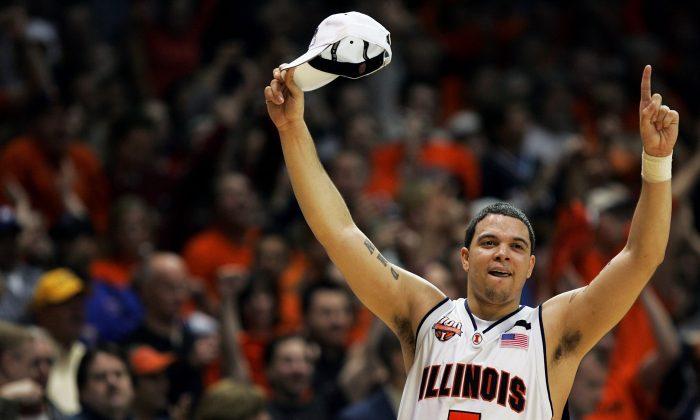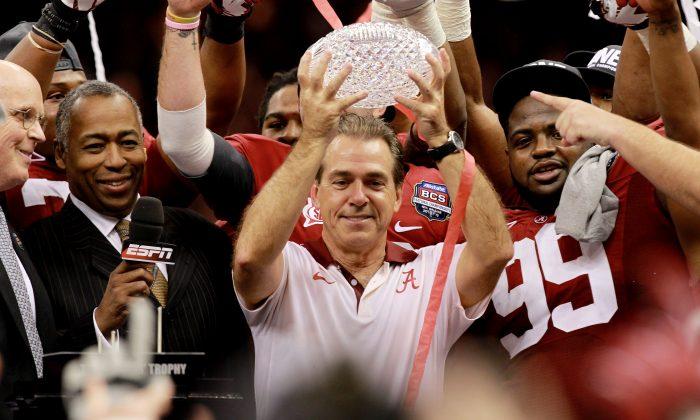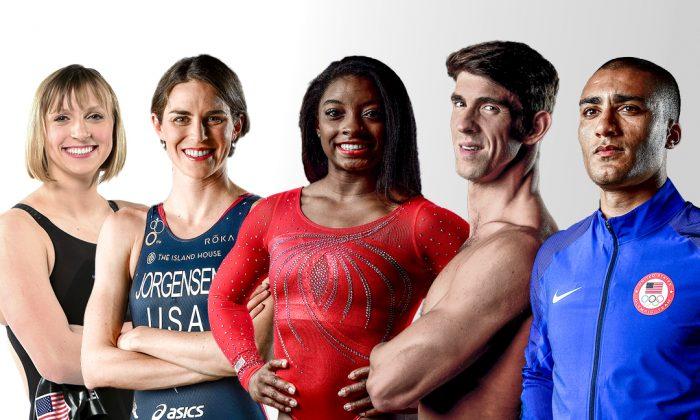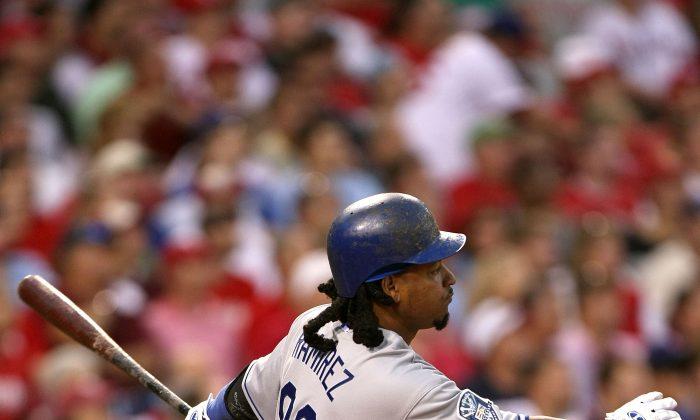One month ago, the talk of the NCAA basketball world was the undefeated starts for Arizona and Syracuse. Oh, and as an afterthought, there was that one team that crashed the Final Four last year, Wichita State, that also was doing quite well.
Fast-forward to present day and those same Shockers now stand alone at 30-0 as the last remaining unbeaten team. They’re also the first team since Larry Johnson’s UNLV squad in 1990-91 to reach the 30-win plateau without a loss.
Can the Shockers remain unbeaten? It'd be a great story, but there’s a long way to go.
Wichita State still has another conference game, the conference tournament, and of course the unpredictable NCAA tournament to go through if they want to finish as the first unbeaten since Indiana went 32-0 in 1976. Here are the best starts since Bob Knight’s Hoosiers cut down the nets 38 years ago:
10. (tie) Memphis, 2007-08, 26-0; Tournament finish: Lost in national final, finished with a 38-2 record.
Why so good? John Calipari’s squad had freshman Derrick Rose (14.5 points per game) at point guard, Chris Douglas-Roberts (18.1 points) at the wing and Robert Dozier (8.6 points, 6.9 rebounds) in the paint.
First Loss: Regular season game versus Tennessee 66–62. The top-ranked Tigers hit just 8 of 17 free throws to lose to the second-ranked Volunteers. It would be a sign of things to come.
10. (tie) Stanford, 2003-04, 26-0; Tournament finish: Lost in second round, finished with a 30-2 record.
Why so good? Mike Montgomery had a lot of success in college, before trying his hand in the NBA, and this team may have featured his best player ever, in small forward Josh Childress. Childress averaged 15.7 points and 7.5 rebounds per game (both team-highs) as the Cardinal held teams to an average of 60.5 points per game.
First Loss: Regular season game at Washington 75–62. The Cardinal shot just 39 percent for the game.
10. (tie) Massachusetts, 1995-96, 26-0; Tournament finish: Lost in national semis, finished with a 35-2 record.
Why so good? Marcus Camby. John Calipari’s amazing turnaround of the Minutemen peaked in 1996 when Camby, a junior, averaged 20.5 points, 8.2 rebounds, and 3.9 blocks per game.
First Loss: Regular season game at George Washington 86–76. GW led by as much as 23 points before UMass rallied to pull within 73–64 late in the game.
10. (tie) Oregon State, 1980-81, 26-0; Tournament finish: Lost in first round, finished with a 26-2 record.
Why so good? The 6-foot-10-inch All-American Steve Johnson averaged 21.0 points and 7.7 rebounds for hall of fame head coach Ralph Miller’s best squad in his 38 years of coaching.
First Loss: Regular season game versus Arizona State 87–67. Sophomore Byron Scott scored 25 points in the rout, as the Sun Devils hit 64 percent of their shots.
6. Saint Joseph’s, 2003-04, 27-0; Tournament finish: Lost in regional finals, finished with a 30-2 record.
Why so good? Future NBA guards Jameer Nelson (20.6 points, 5.3 assists, 4.7 rebounds per game) and Delonte West (18.9 points, 4.7 assists, 5.4 rebounds per game) did pretty much everything for the team.
First Loss: Atlantic 10 conference tournament game versus Xavier 87–67. The Musketeers grabbed a 22-point halftime lead and shot a blistering 71.4 percent for the game.
5. (tie) Illinois, 2004-05, 29-0; Tournament finish: Lost in national finals, finished with a 37-2 record.
Why so good? Guards Deron Williams, Luther Head, and Dee Brown were the major contributors for Bruce Weber’s second team, though all three were recruited by former coach Bill Self.
First Loss: Regular season game at Ohio State 65–64. Ohio State forward Matt Sylvester hit a 3-pointer with 5.1 seconds left to sink the Illini, who shot just 38.3 percent for the game.
5. (tie) San Francisco, 1976-77, 29-0; Tournament finish: Lost in first round, finished with a 29-2 record.
Why so good? Future NBA center Bill Cartwright (19.4 points, 8.5 rebounds) was among four players that averaged better than 14 points a game for the Dons.
First Loss: Regular season game at Notre Dame 93–82. The Irish handily won this one, a few years after stopping UCLA’s 88-game winning streak.
3. Wichita State, 2013-14, 30-0; Tournament finish: TBD
Why so good? The Shockers are currently allowing just 60.4 points per game (15th best in the country) while on offense, the team boasts four players averaging better than 10 points per game.
They’re also battle-tested, having been to the Final Four last year. Of course, it doesn’t hurt that the team hasn’t played a single game against a ranked opponent this season.
2. Indiana State, 1978-79, 33-0; Tournament finish: Lost in national finals, finished with a 33-1 record.
Why so good? Larry Bird. One of the greatest players of all time put the team on his back for the season averaging an incredible 28.6 points, 14.9 rebounds, and 5.5 assists per contest. Since his departure the Sycamores have made the NCAA tournament just three times.
First Loss: In the national finals against Michigan State 75–64. Magic Johnson and the Spartans defeated Indiana State in one of the most-anticipated title games in history. Bird hit just 7 of 19 shots, as he was harassed by constant double- and triple-teams every time he touched the ball.
1. UNLV, 1990-91, 34-0; Tournament finish: Lost in national semis, finished with a 34-1 record.
Why so good? The Runnin’ Rebels boasted five future NBA draft picks, plus 1990 Most Outstanding Player of the NCAA Tournament, Anderson Hunt. Most notable of their players though was Larry Johnson who averaged 22.7 points and 10.9 rebounds a contest.
First Loss: In the national semifinals against Duke 79–77. One of the bigger upsets in Final Four history was a rematch of the previous year’s title game, which UNLV won by 30 points. This game featured 17 ties and 25 lead changes, but was lost for good when UNLV point guard Greg Anthony fouled out with 3:51 remaining.





